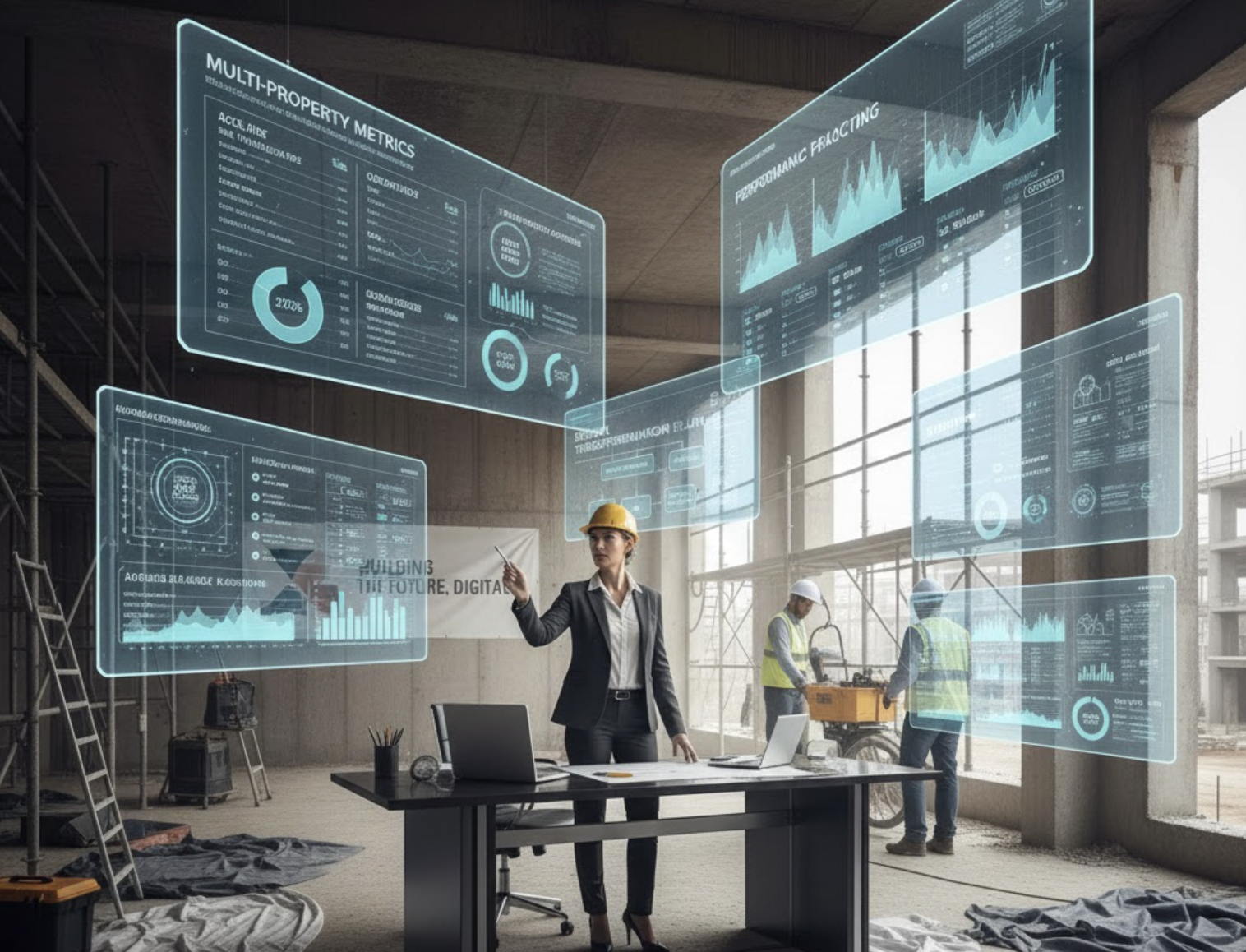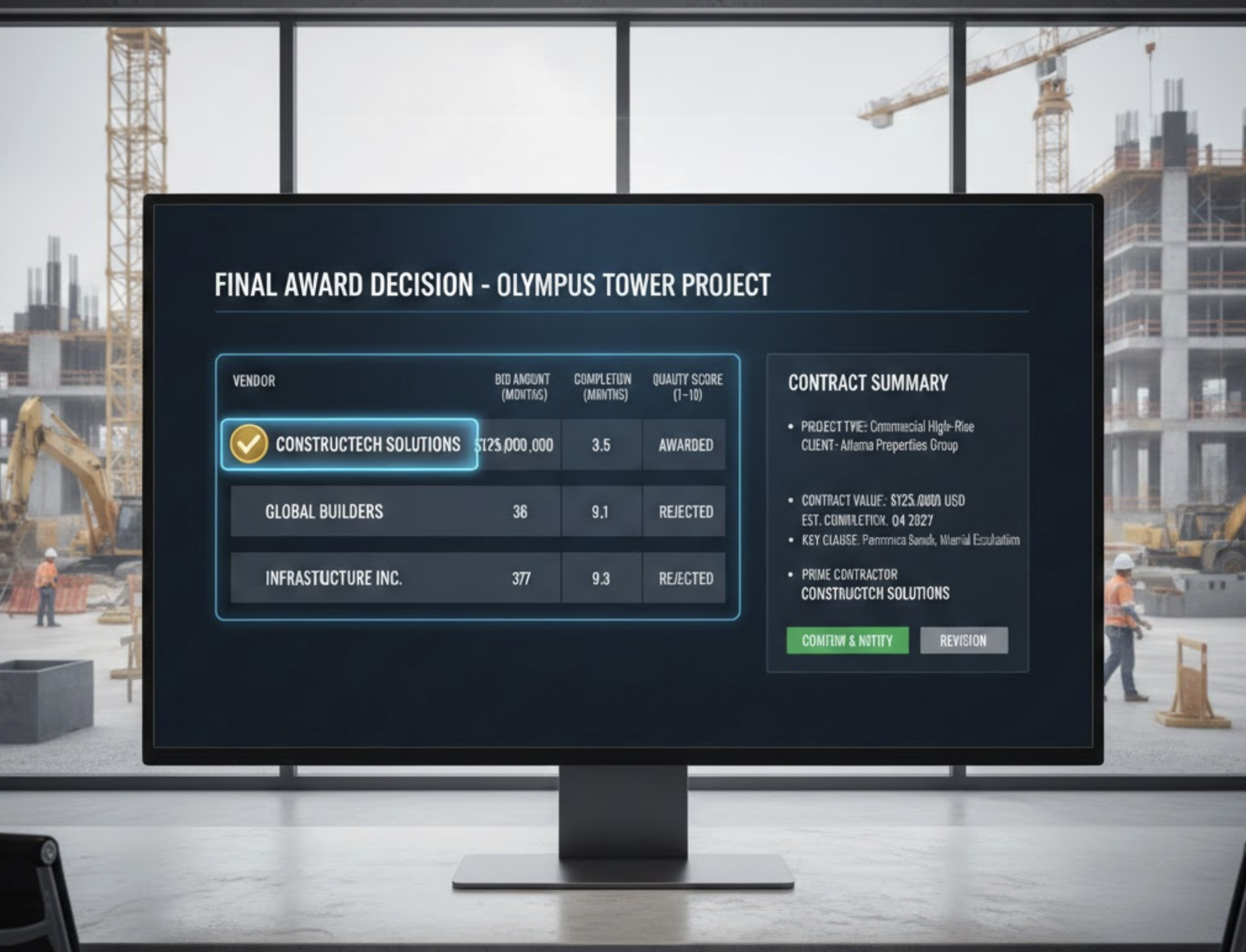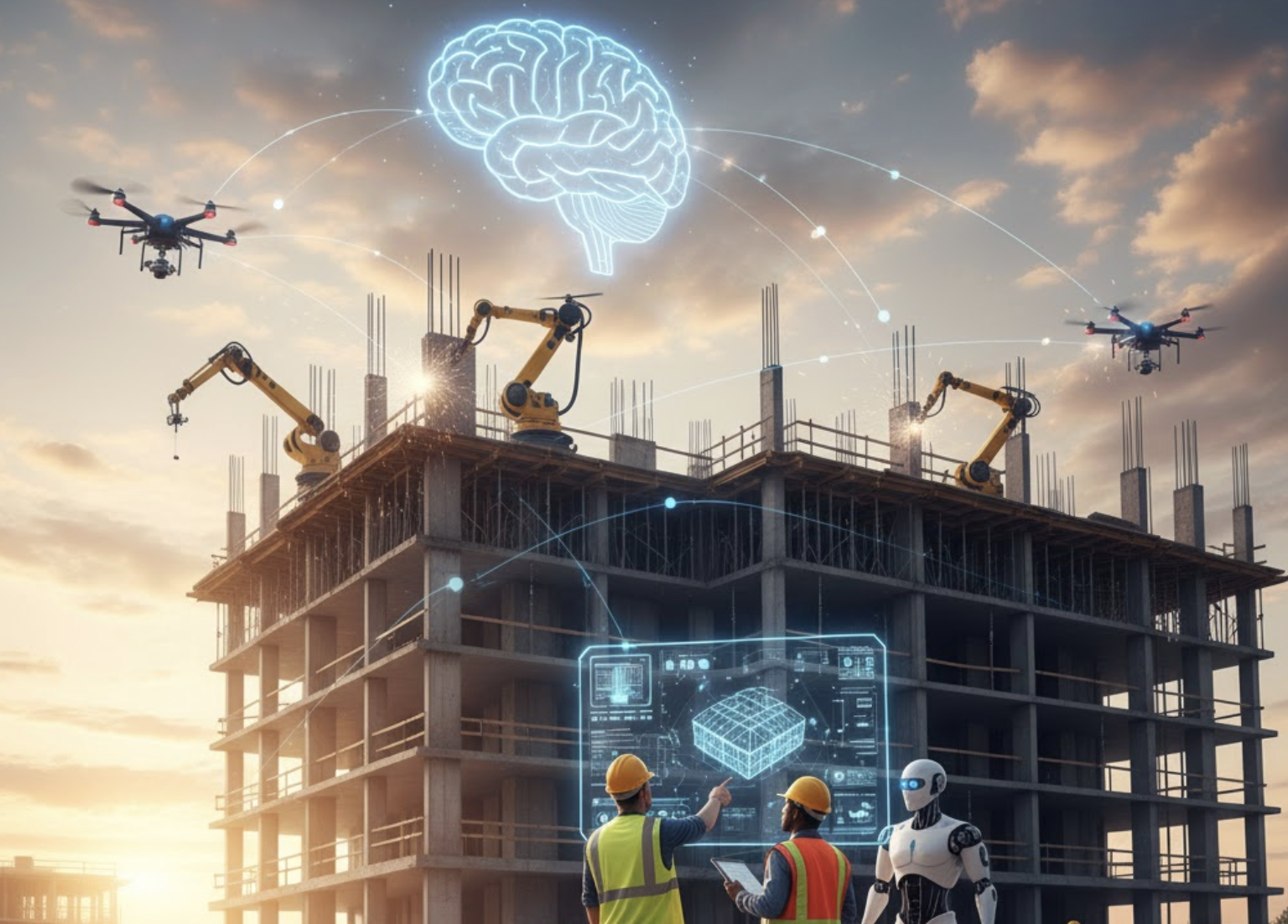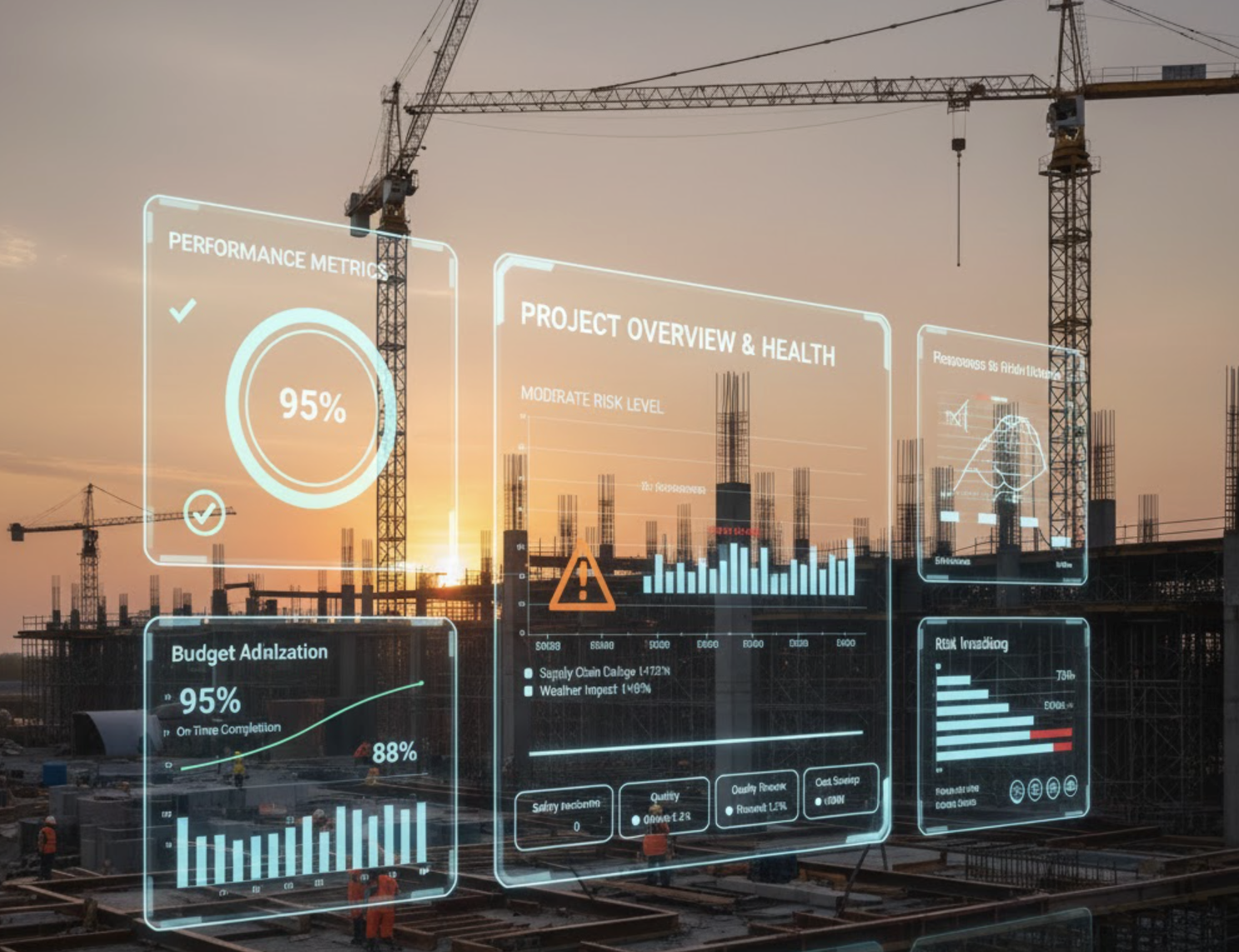Bridging the Gap Between Site and Consultant: Centralizing Document Feedback
In the fast-paced world of construction, effective communication and feedback are paramount. The ability to centralize document feedback can significantly enhance collaboration between site managers and consultants, resulting in improved project outcomes. In this blog post, we will explore the key concepts of centralized feedback mechanisms, the benefits of such an approach, the stages of documentation review, best practices, and how Zepth can support this critical aspect of construction management.
Understanding Centralized Feedback Mechanism
A centralized feedback mechanism involves creating a single platform where all parties involved in a project can access, review, and provide feedback on documents. With Zepth, the construction industry can embrace this innovation, ensuring everyone is on the same page and facilitating efficient collaboration. This system allows for real-time communication and responsiveness, ultimately leading to faster decision-making processes.
Benefits of Centralization
Centralizing document feedback offers numerous advantages, particularly in the construction sector:
- Improved Communication: By having all project stakeholders access the same information, misunderstandings and miscommunications are significantly reduced.
- Efficient Decision-Making: Real-time feedback allows for quicker decisions, which can greatly accelerate project timelines.
- Enhanced Quality: A multi-stage review process ensures thorough examination in various areas, leading to higher quality documentation that meets regulatory and organizational standards.
Stages of Documentation Review
Effective document review involves several critical stages, each focusing on different aspects of the document:
- Self-Review: The author checks the document against specific standards and requirements, ensuring its readiness for further review.
- Peer Review: Colleagues provide feedback on content, clarity, and overall quality, enriching the document’s value.
- Technical Review: This stage assesses the technical accuracy and feasibility of the content, ensuring it adheres to established standards.
- Editorial Review: The document is evaluated for clarity, formatting, and grammatical correctness, refining the presentation.
- Compliance Review: Ensures that the document meets all regulatory and organizational frameworks, minimizing the risk of compliance-related issues.
- User Review: Feedback may be gathered from users to ensure the document meets their needs if applicable.
- Final Review: The internal team carries out the last review for consistency and overall quality before finalizing and distributing the document.
Best Practices for Centralizing Document Feedback
To maximize the effectiveness of centralized feedback, consider implementing the following best practices:
- Structured Feedback Collection: Adopt a structured approach to gather and organize feedback. Categorizing comments by type (technical, editorial, compliance) can help prioritize critical issues.
- Track Changes and Revisions: Maintain records of all changes to ensure transparency and accountability throughout the review process.
- Break Down the Review Process: Divide the review into manageable segments, focusing on one aspect at a time (contents, formatting, compliance), to facilitate thorough assessments.
Use Cases for Centralized Document Feedback
The benefits of a centralized document feedback platform are particularly evident in construction projects where numerous stakeholders, including site managers and consultants, must collaborate on intricate documents such as blueprints, project plans, and compliance reports. Consulting companies also find value in this approach as it ensures aligned documentation processes and clarity in project details.
Emerging Innovations in Document Feedback
As construction projects become increasingly complex, the need for efficient collaboration tools becomes evident. Tools like Zepth facilitate centralized feedback collection, categorization, and assignment to team members. Furthermore, technologies that automate review processes—such as compliance checks and editorial reviews—reduce manual efforts and enhance overall efficiency. These innovations enable teams to focus on high-value tasks rather than administrative burdens.
How Zepth Enhances Document Management
Zepth emerges as a leader in providing a centralized platform for document feedback that streamlines communication and collaboration. Key features that aid in this transformation include:
- Centralized Document Feedback: Zepth ensures all stakeholders, including consultants and site managers, can access relevant information and collaborate effectively, which is vital for complex projects.
- Efficient Collaboration: Tools within Zepth facilitate the collection, categorization, and assignment of feedback, leading to expedited decision-making processes and improved project outcomes. Explore more about Zepth’s Document Register.
- Comprehensive Review Process: Zepth supports multiple stages of the review process, from initial self-reviews to the final review, ensuring that all documents receive thorough scrutiny before finalization.
To discover how Zepth can elevate your document management and collaboration processes, visit our Centralizing Document Feedback page for more information.




